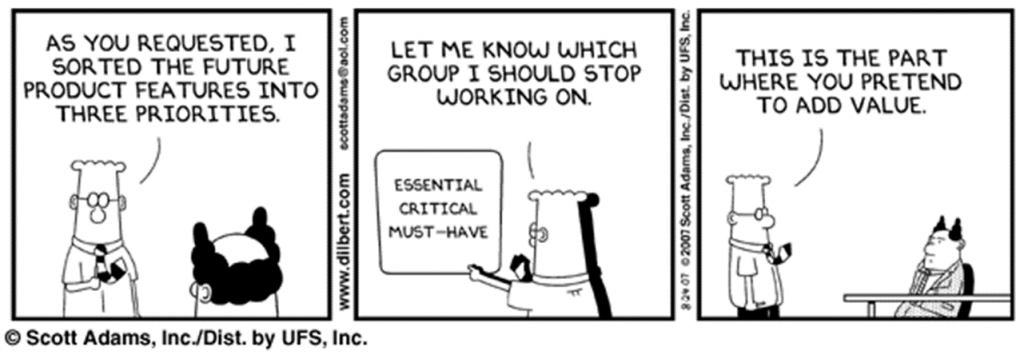Lessons in RPA – Establishing a Clear Method of Filtering and Prioritisation

In Lessons 1 and 2 we talked about gaining senior stakeholder buy-in and getting the correct level of assistance to get started. If you have pitched your RPA offering well during initial discussions with interested parties, then the chances are that you will have a pretty substantial set of potential process improvement opportunities all clamouring for your attention and resources. It’s a good problem to have – right? However, you want to minimise cost and maximise the return on the investment. So, it’s essential that you have a solid method in place to filter, score and prioritise your opportunities.
It’s particularly important that your RPA programme has a degree of autonomy and independence so you can avoid prioritising the ‘pet projects’ of whoever holds the purse-strings. This is a common pitfall, so don’t allow personal interests to overtake the ‘corporate good’. Also, avoid the temptation to allow the person who shouts loudest to dominate the direction of travel.
Our key tips for the prioritisation of your process improvement opportunities are:
- Keep it simple – a convoluted method goes against the principles of simplification and will only cause you pain!
- Don’t agonise over the scoring – you are looking for order of magnitude, not precision; and it’s not an exact science.
- There are essentially three key areas to consider – likely benefits, level of complexity involved and technology considerations.
- Look to score the first two areas using a ‘1 to 5’ scoring scale… the higher the score the higher the benefits / complexity.
- The technology considerations are typically covered within complexity, but what you are looking for here are any system related show-stoppers.
- Plot the opportunities on a simple graph, using the scores for benefits and complexity. Then split into a 4-box model for ease of reference. The opportunities with high benefit and low complexity are the obvious first choices, with low benefit/high complexity being the opportunities to discard. High benefit/high complexity will cause most debate and will often depend on strategic importance. Remember some ‘quick wins’ can also give you great engagement material from which to build involvement and programme momentum.
A final word from Dilbert……..

For more information about how our in-house expert in RPA and AI – Rod Chadwick, can support you and your team on your journey of process transformation, please contact us with your details via contact@devereauxkellyassociates.co.uk.

